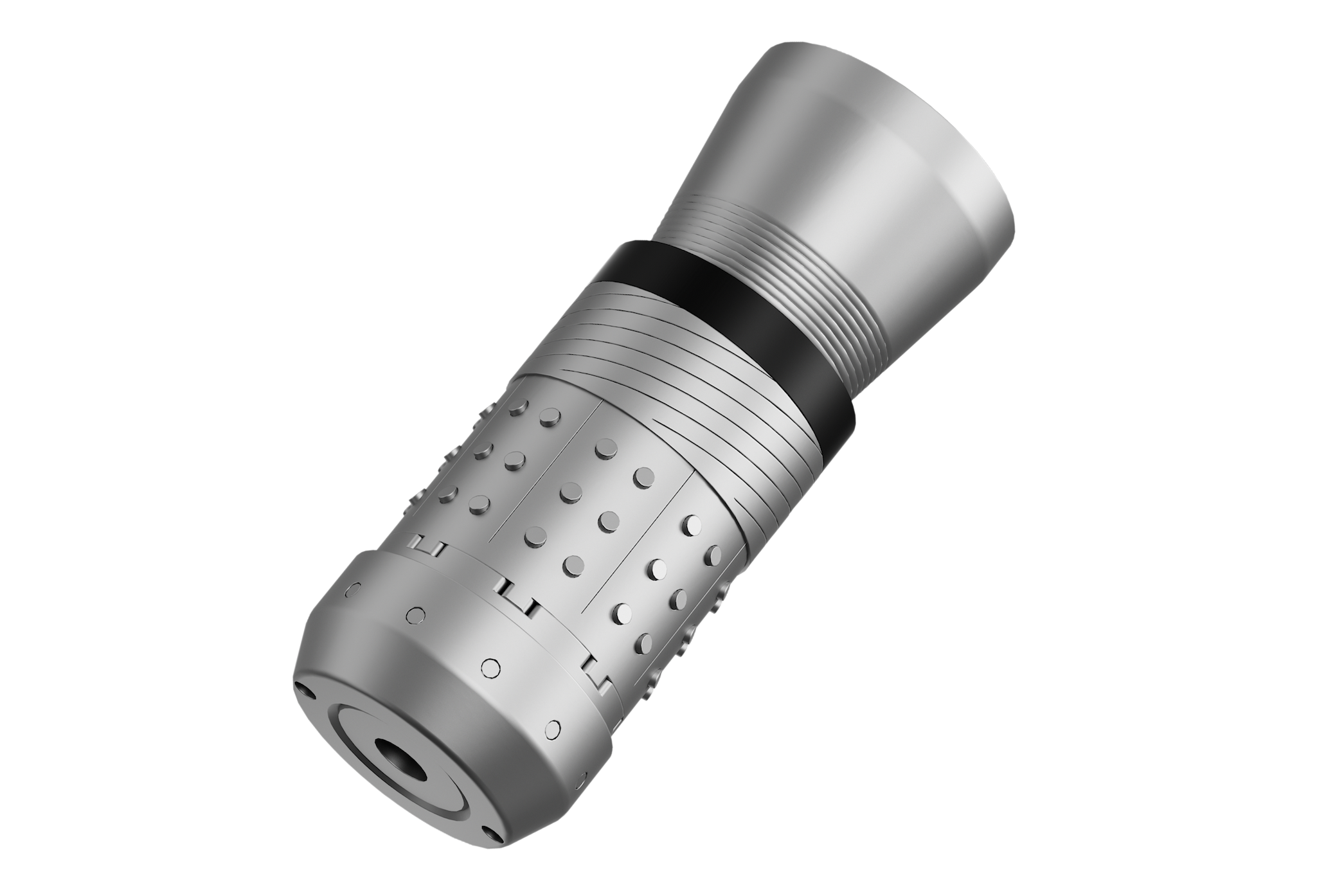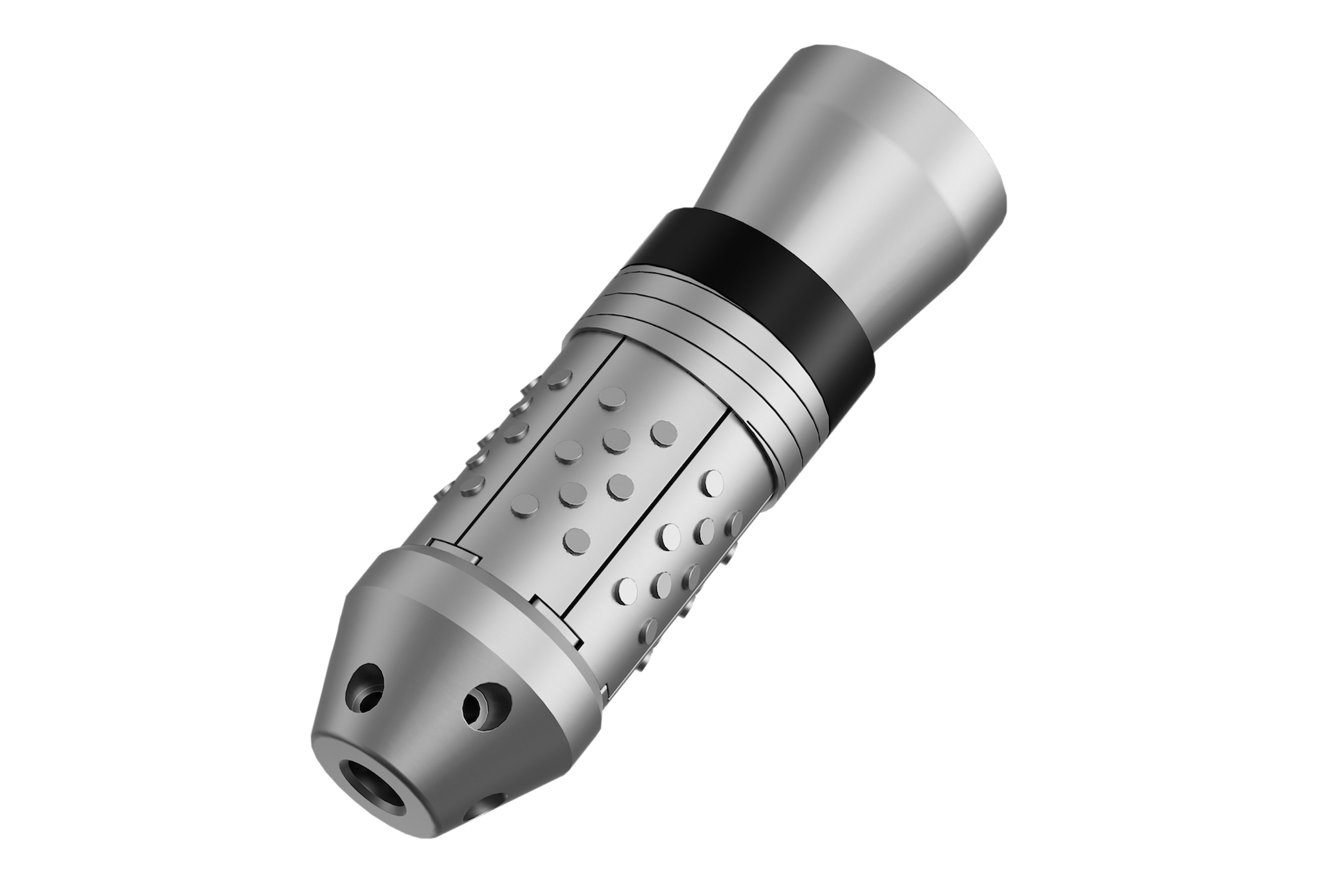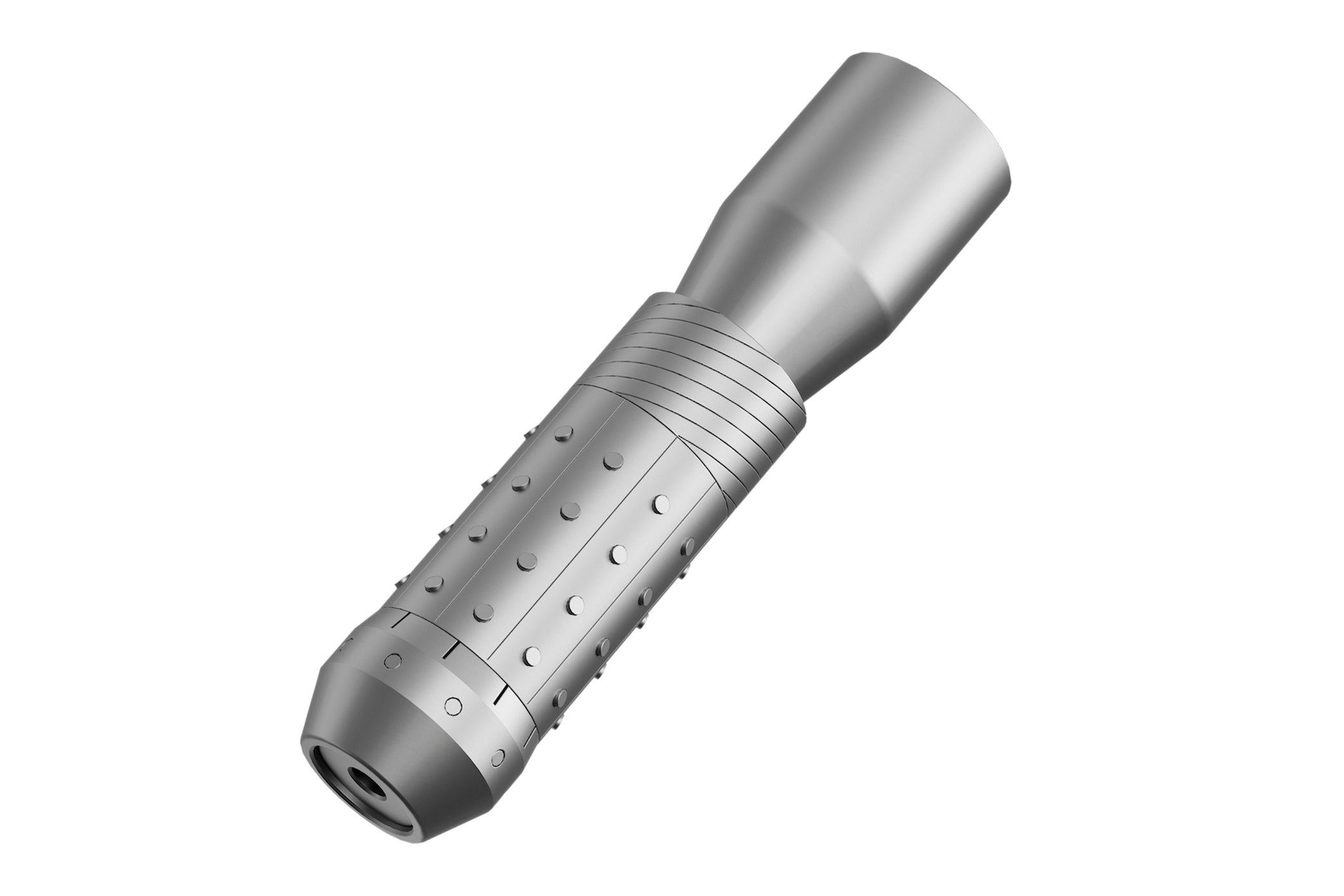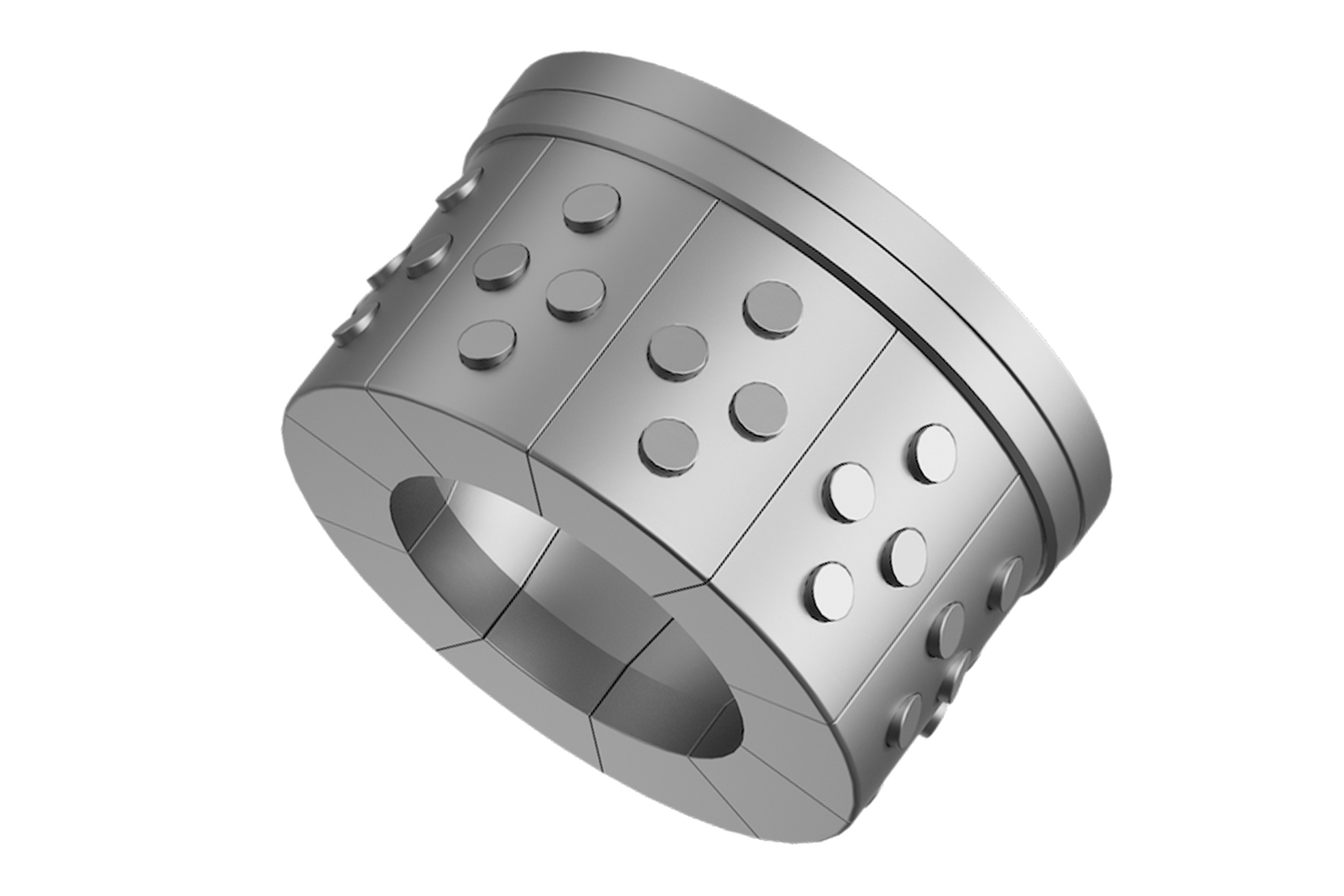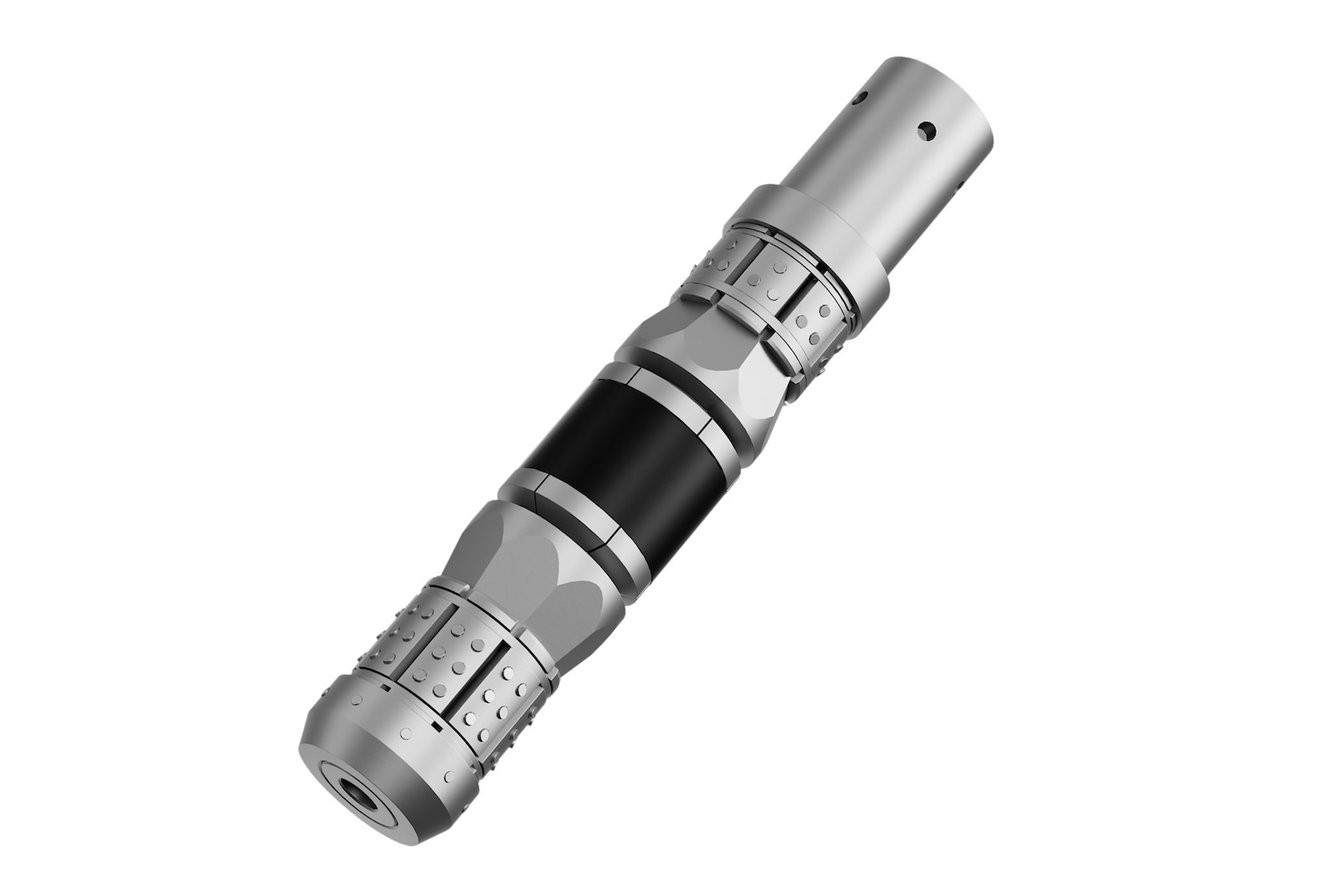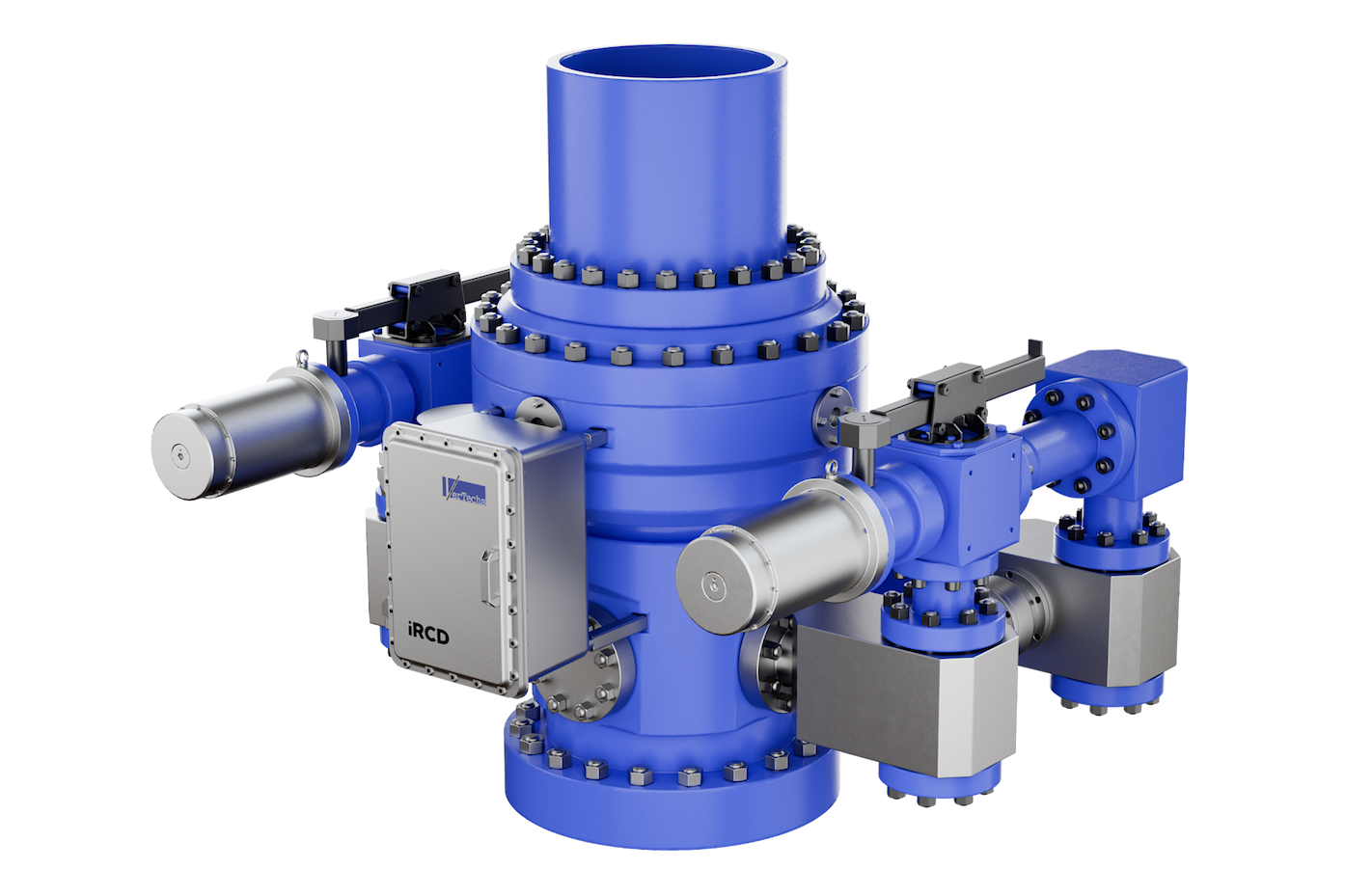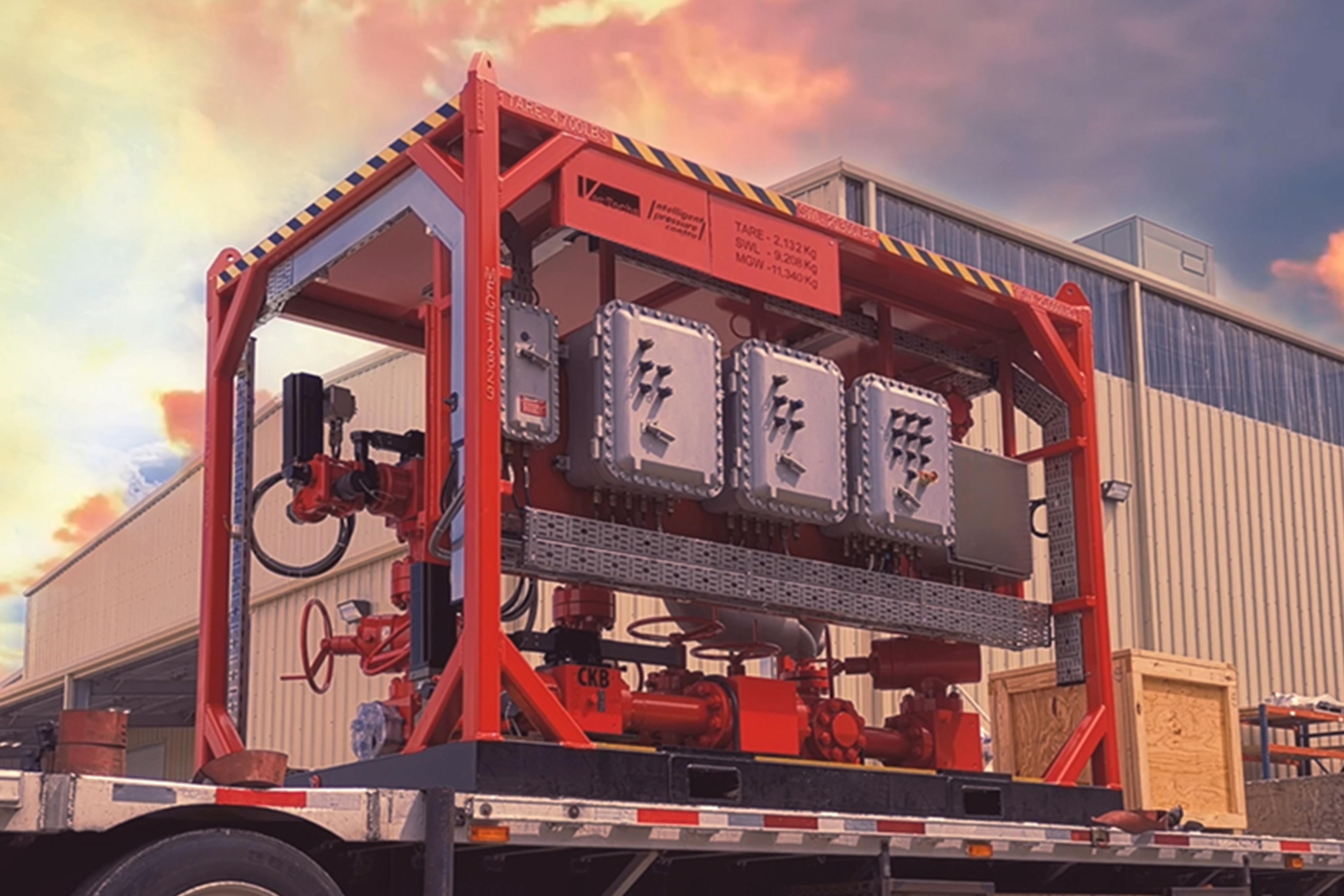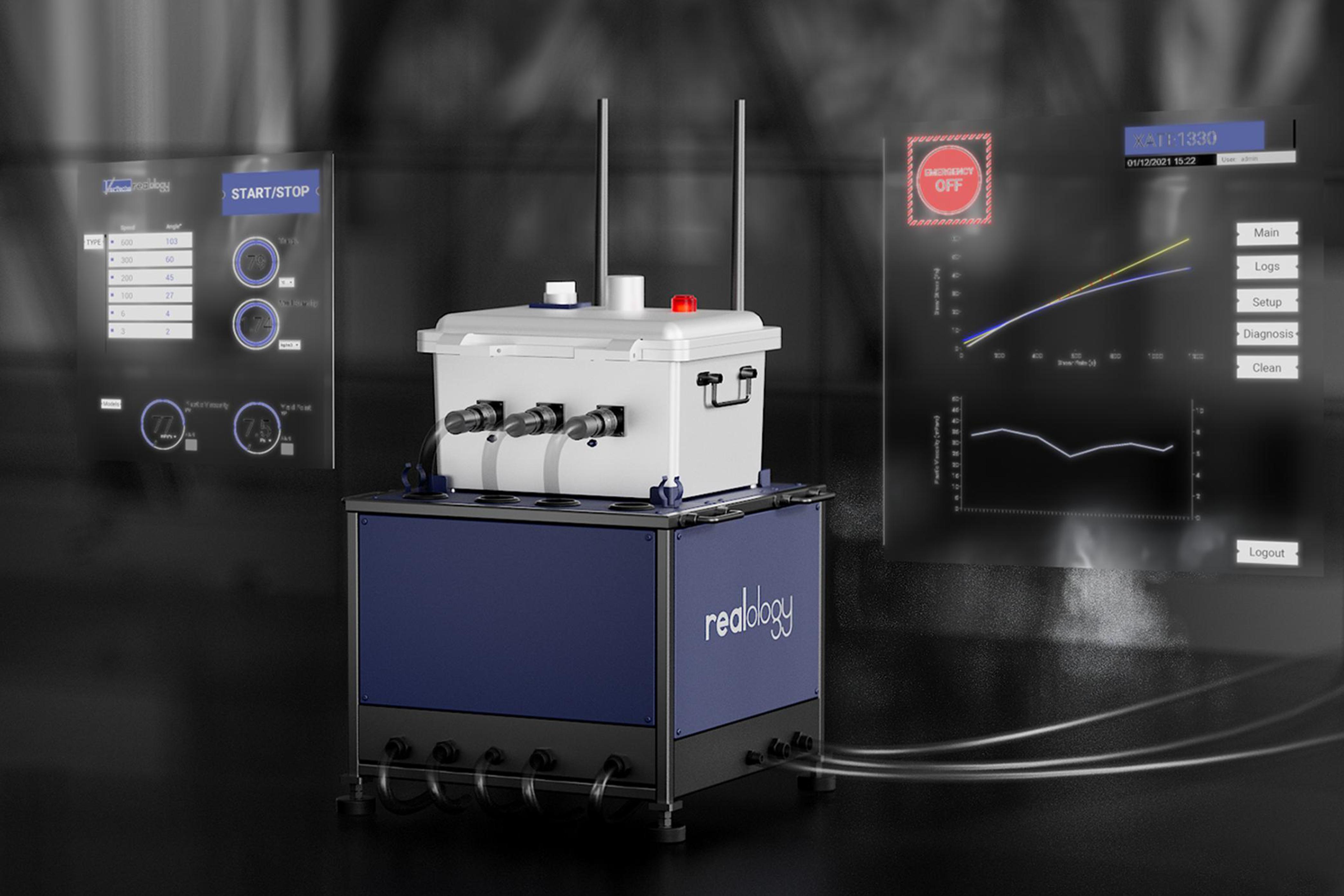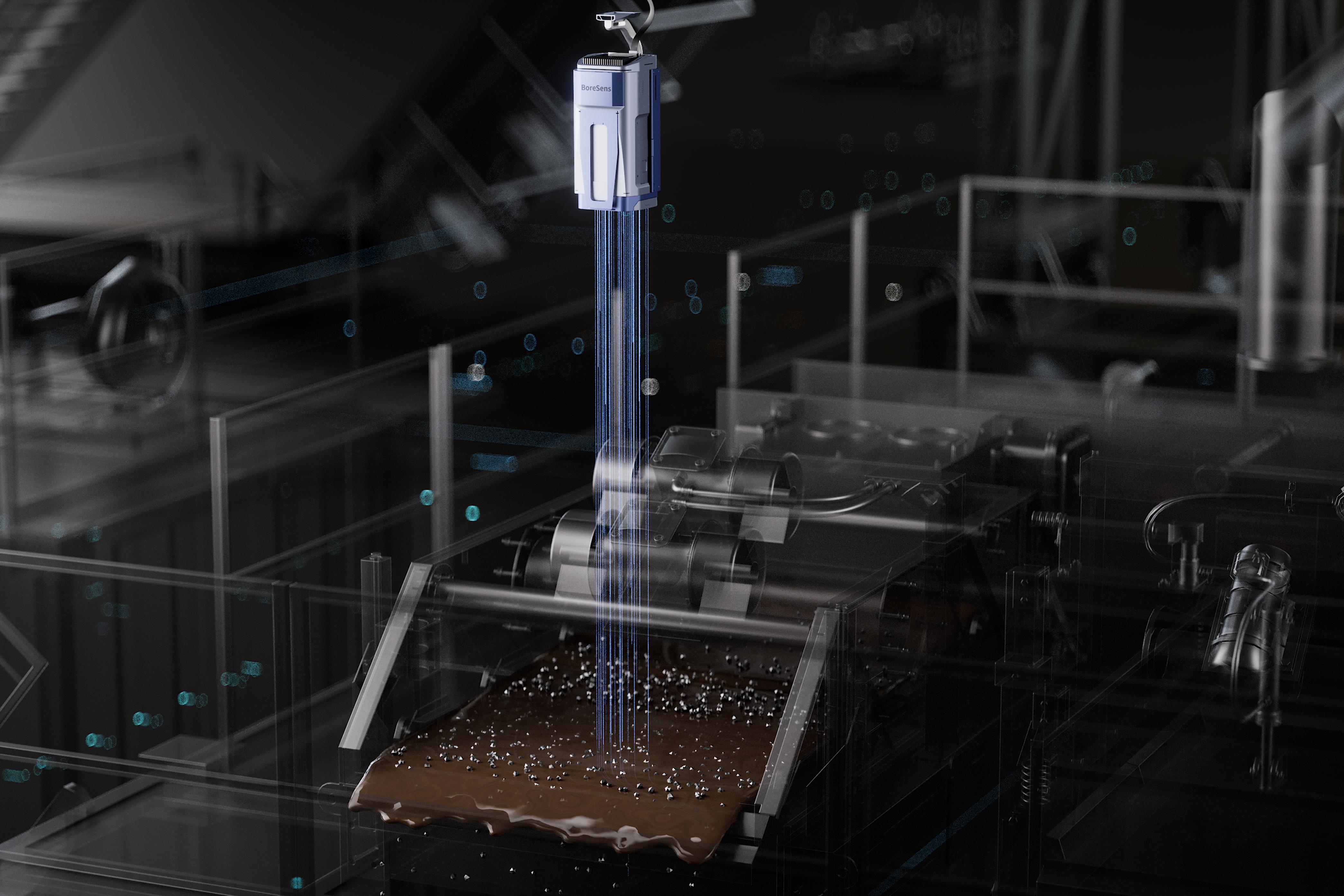
-
Home
-
Products & Services
-
Dissolvable Plugs
 Fast Drill Plugs
Fast Drill Plugs
-
Intelligent Rotating Control Device
 Intelligent Well Control
Intelligent Well Control
-
Intelligent Fluids Monitoring
 Real-Time Wellbore Monitoring & Strengthening
Real-Time Wellbore Monitoring & Strengthening
Unconventional Completion & Dissolvable Technology
Featured HighlightsIntelligent Pressure Control Technology
Featured HighlightsIntelligent Fluids Monitoring Technology
Featured Highlights -
-
Vertechs Share
-
News
-
QHSE
-
About Us
-
Contact Us
Every aspect of operation should be considered in designing and testing
2022-07-30
Plugs can hold pressure perfectly in lab tests, but might have issue in live wells. Although every supplier's lab tests are extremely strict, however, there are some factors that are dificult to simulate.
When pumping down in the horizontal section, the plug is in contact with the bottom of the casing wall. But in most plug and perf animations, the tool string is centralized in the casing, and traveling smoothly like magnetic levitated train. Inreal life, it is more like being dragged by a horse on a rough road with your face downwards.
We have retrieved plugs that couldn't be pumped down to the setting depth due to downhole restriction, there were a lot of scratches and dents on the surface of the plug, indicating the plug was not only been dragged, it was also bumping a lot, which is very likely to cause damage the slips, that could lead to a pre-set, or bad anchor.
To minimize these risks and improve robustness, we enhanced gauge protection, making sure the slip buttons are well protected by the plug OD. A specialized impact test device was also developed to evaluate the robustness and integrity of our frac plugs when obstacles are encountered while pumping down at high speed. Every new design must go through the impact test at maximum speed of 955ft/min.
©2026 Vertechs Group 蜀ICP备13005232号-1
